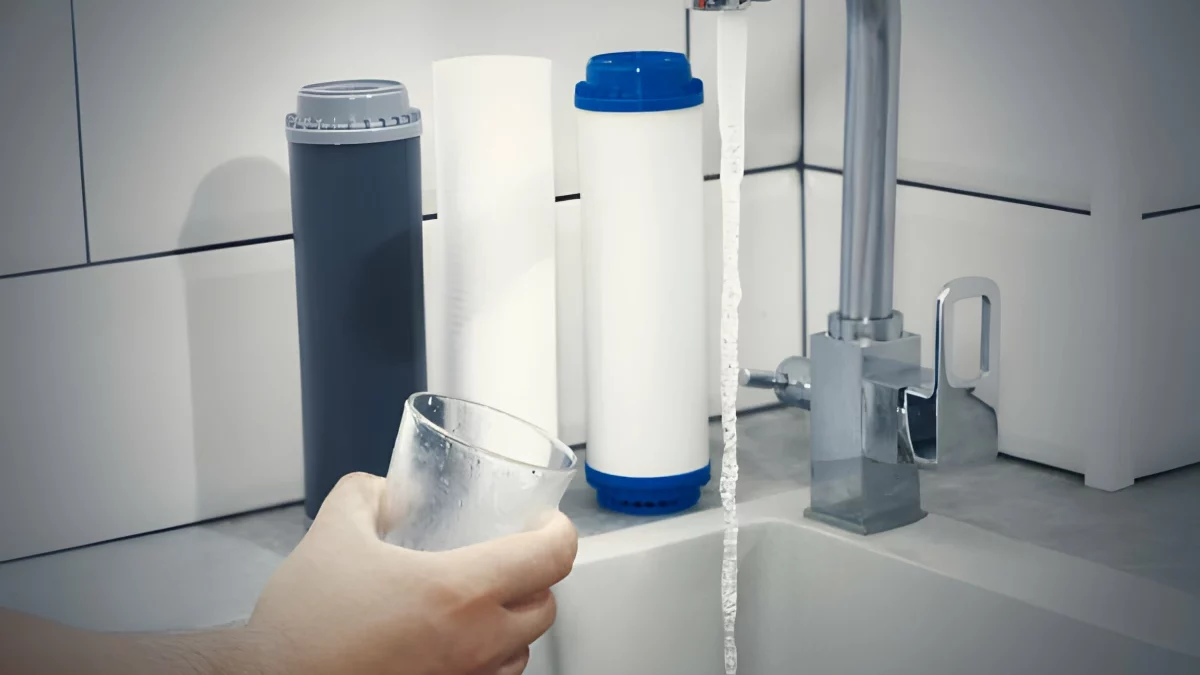Reverse osmosis water treatment systems are increasingly becoming a popular choice for many seeking clean and safe drinking water. This method, renowned for its efficiency in purifying water, has been embraced in both residential and commercial settings. Understanding how these systems work can help you appreciate the technology behind this modern-day elixir.
Table of Contents
Understanding Reverse Osmosis
Reverse osmosis, often abbreviated as RO, is a process that removes contaminants from water by using pressure to force water molecules through a semipermeable membrane. The result is that larger particles, including various pollutants and minerals, are left behind, yielding clean water. Many customers trust purchasing this treatment system from Complete Water Solutions (https://osmonicsrosystem.com/), as they are known for their reliable and effective systems.
The first stage of the process typically involves a sediment filter, which traps particles like dirt and rust. This not only ensures better water quality but also protects the RO membrane from damage. The second stage is the carbon filter, which removes chlorine and other harmful chemicals that can degrade the membrane.
The Role of the RO Membrane

Central to the reverse osmosis system is the RO membrane. This component is designed to be selectively permeable, allowing only water molecules to pass through while blocking contaminants in water. The effectiveness of this membrane is pivotal in ensuring the purity of the water produced.
The process at this stage is slow and methodical. Water is pushed against the membrane under pressure, leaving impurities behind. These contaminants are then flushed away, preventing them from clogging the system and ensuring the longevity of the membrane.
Additional Filtration and Purification
After passing through the RO membrane, the water often goes through additional filtration. This may include a post-carbon filter, which enhances the taste and removes any remaining odors or tastes. Some systems also include UV filters for additional disinfection, ensuring that any microorganisms are effectively eliminated.
The efficiency of these additional stages is crucial in providing water that is not just free from contaminants but also pleasant to taste and odorless. This makes RO-treated water ideal for drinking and cooking.
Maintenance and Care of RO Systems

Maintaining an RO system is essential for its efficiency and longevity. Regular filter changes are necessary, as filters can become clogged with contaminants over time. The RO membrane also requires occasional replacement.
Proper care of these systems ensures that they continue to provide high-quality water. It also prevents issues such as water leakage and system breakdown, ensuring that users get the most out of their investment.
The Benefits of Reverse Osmosis Water
The benefits of using an RO water treatment system are manifold. Firstly, it removes a vast array of contaminants, including lead, chlorine, and various bacteria and viruses. This results in safer, cleaner water that contributes to better health.
Additionally, RO systems are cost-effective in the long run. While the initial investment might be higher compared to other filtration methods, the extended lifespan and lower maintenance costs make it a prudent choice. Plus, having access to purified water at home reduces your usage of bottled water, which is beneficial for both the wallet and the environment.
Conclusion: Embracing Clean Water Technology
In conclusion, reverse osmosis water treatment systems represent a remarkable blend of science and technology, offering a reliable solution for accessing clean water. Their ability to efficiently remove contaminants, combined with their ease of maintenance, makes them an ideal choice for those seeking pure water for their homes or businesses. As water quality concerns continue to grow, the role of RO systems in providing safe, drinkable water becomes ever more vital. Whether for individual or commercial use, the investment in such a system is an investment in health, safety, and peace of mind.

